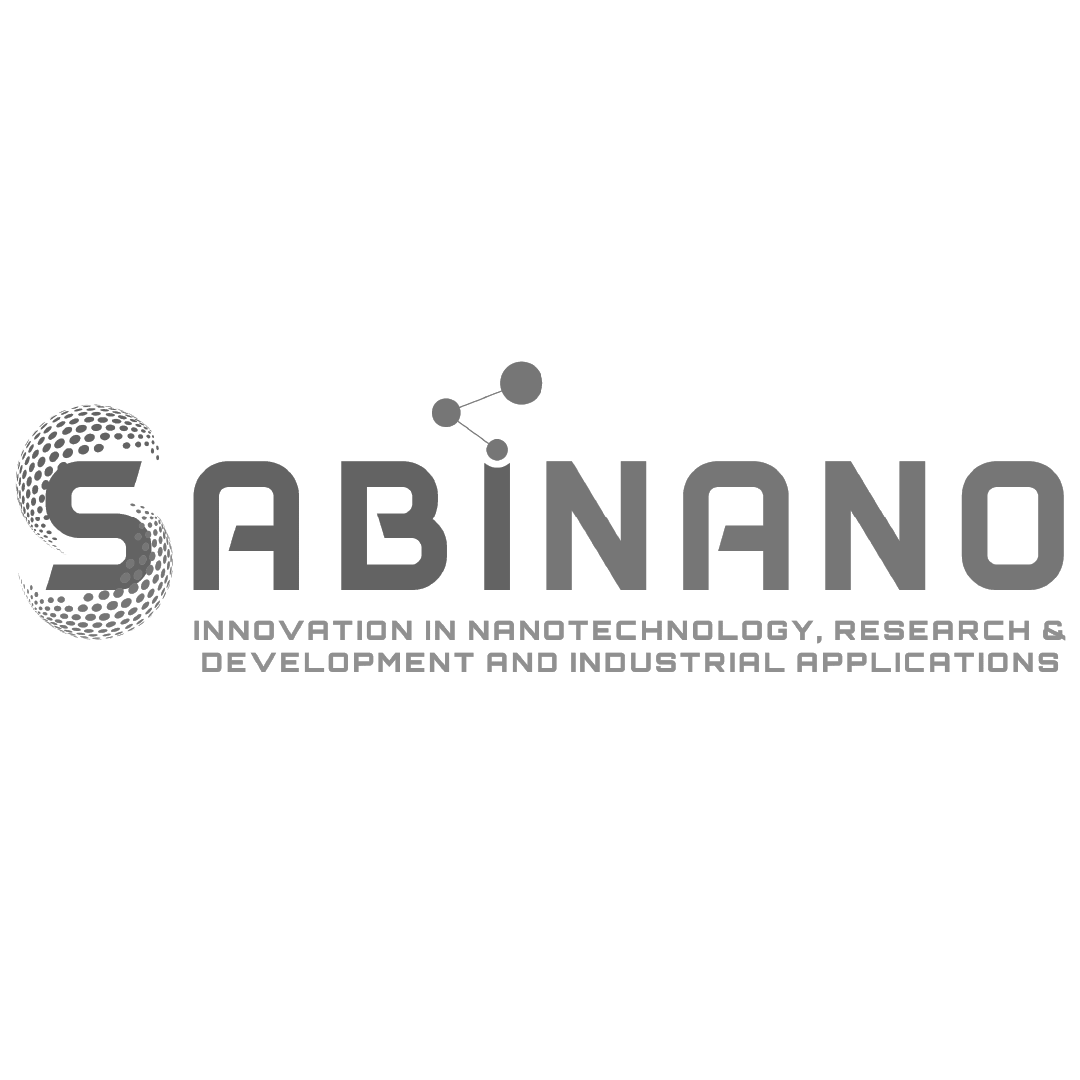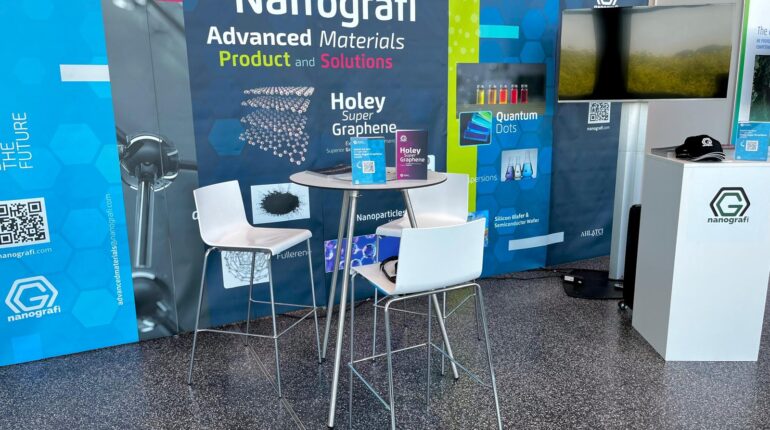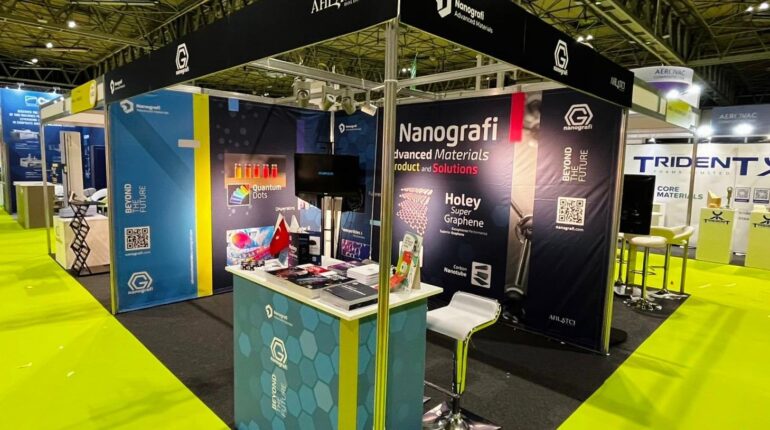high-performance solutions for various industries worldwide.

Meet Our Technology

Beyond the future
About Nanografi
Nanografi, a leading nanotechnology company, was founded in METU Technopolis. Since its establishment, it has continued to develop collaborations with global universities, high-tech institutes, and industries through its activities in over 100 countries.
As a subsidiary of Ahlatcı Holding, they continue to break new ground by establishing one of the first, largest and highest-performing graphene mass production facilities. With scalable production and a strong R&D infrastructure, they provide solutions to industrial needs at international quality standards, taking technology and science a step further.
As a subsidiary of Ahlatcı Holding, they continue to break new ground by establishing one of the first, largest and highest-performing graphene mass production facilities. With scalable production and a strong R&D infrastructure, they provide solutions to industrial needs at international quality standards, taking technology and science a step further.
Beyond the future
0 +
Global Solution Partners
0 +
Projects
0 +
Countries
0 +
Technology Area
Cooperate with us

01
Identify Your Need
Define requirements to select the most suitable solutions.

02
Discover Nanografi’s Products & Solutions
Explore innovative solutions and technologies to enhance your research & projects.

03
Contact Us
Get in touch with our team for expert guidance and tailored solutions.

04
Unlock Collaboration Opportunities
Utilize our solutions and expertise to drive success across diverse industries and applications.
Cooperate with us

01
Identify Your Need
Define requirements to select the most suitable solutions.

02
Discover Nanografi’s Products & Solutions
Explore innovative solutions and technologies to enhance your research & projects.

03
Contact Us
Get in touch with our team for expert guidance and tailored solutions.

04
Unlock Collaboration Opportunities
Utilize our solutions and expertise to drive success across diverse industries and applications.
Cooperate with us

01
Identify Your Need
Define requirements to select the most suitable solutions.

02
Discover Nanografi’s Products & Solutions
Explore innovative solutions and technologies to enhance your research & projects.

03
Contact Us
Get in touch with our team for expert guidance and tailored solutions.

04
Unlock Collaboration Opportunities
Utilize our solutions and expertise to drive success across diverse industries and applications.

































































- Innovation
- Technology
- Science
- Development
- Advancement
- Engineering
- Beyond the Future
- Innovation
- Technology
- Science
- Development
- Advancement
- Engineering
- Beyond the Future
Announcements
John Amanda
Sales ManagerWonderful theme and amazing developers who answer super fast when a problem occurs. Super patient and any problem are solved very quickly.
John Marthin
Marketing ManagerI love this theme and the designer made it so easy for you to add pre-made sections through Wpbakery page builder that match the theme. Overall, this is a wonderful theme. Thanks for great, quick support too.
Leon Mayer
CEO Of BusinessExcellent theme that is easy to use and navigate once you learn how it works and optimized and loaded fast without the need of a cache plugin. It was the easiest template I have ever worked with in WordPress.
John Amanda
Sales ManagerWonderful theme and amazing developers who answer super fast when a problem occurs. Super patient and any problem are solved very quickly.
John Marthin
Marketing ManagerI love this theme and the designer made it so easy for you to add pre-made sections through Wpbakery page builder that match the theme. Overall, this is a wonderful theme. Thanks for great, quick support too.













